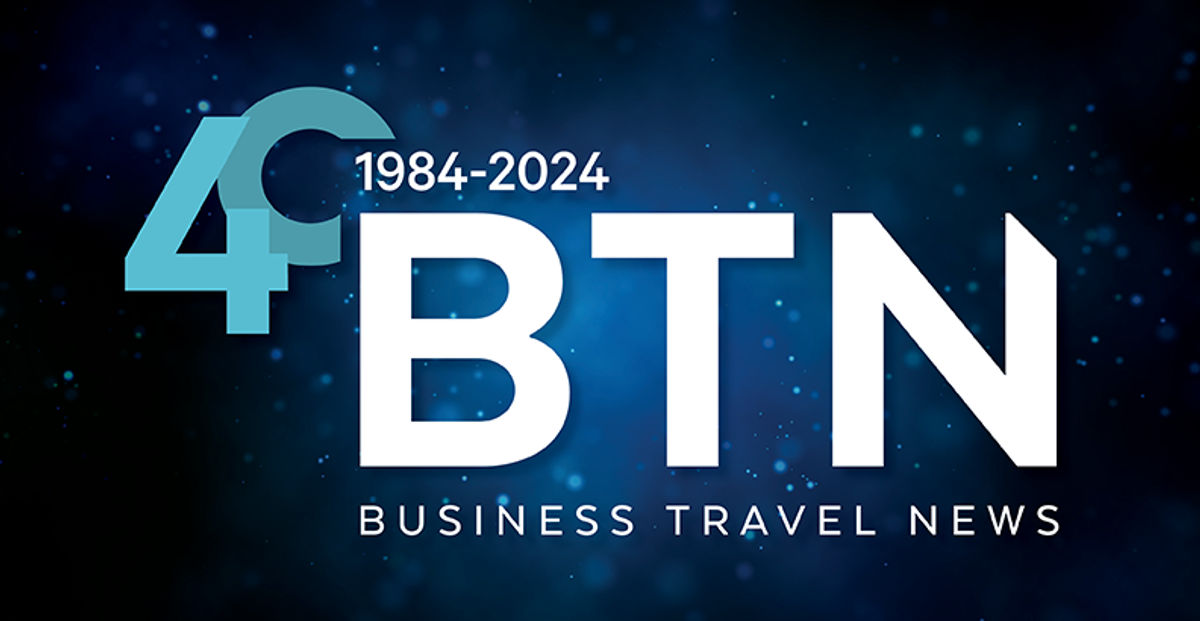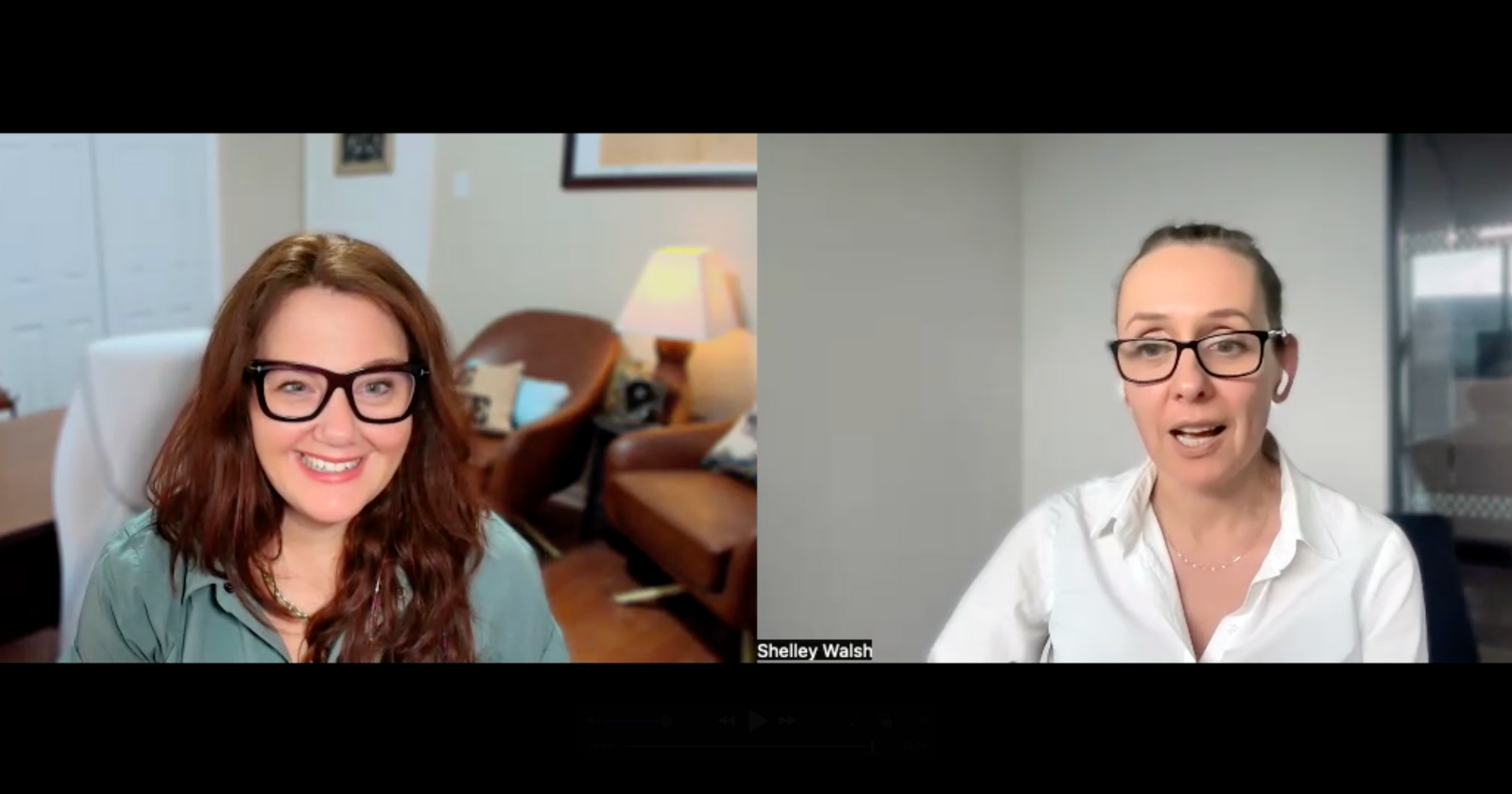Southwest to Pull Out of Four Airports After Downcast Q1
Southwest Airlines will pull out of four airports, reduce service at Chicago O'Hare and Atlanta and reduce headcount by 2,000 employees as cost-cutting measures, executives announced during a dour Thursday earnings call. Business travel demand nevertheless was a bright...

Southwest Airlines will pull out of four airports, reduce service at Chicago O'Hare and Atlanta and reduce headcount by 2,000 employees as cost-cutting measures, executives announced during a dour Thursday earnings call. Business travel demand nevertheless was a bright spot, with managed business revenue increasing significantly.
Southwest on Aug. 4 will end service at Houston's George Bush Intercontinental Airport as well as Syracuse, N.Y., Bellingham, Wash., and Cozumel, Mexico. On the same day, it will reduce capacity at Hartsfield-Jackson Atlanta International Airport and Chicago O'Hare International Airport.
Southwest announced a first-quarter net loss of $231 million, wider than many analysts expected, and while president and CEO Bob Jordan noted the effects that Boeing's struggles have had on the carrier's performance, he said the airport pullouts were necessary to control costs and recalibrate capacity.
"We are continuing efforts to optimize the network and reduce the number of markets in development that aren't performing to more historic levels," Jordan said.
The carrier also has "essentially frozen and stopped all hiring except for a limited number of critical positions," Jordan said, and will end 2024 with 2,000 fewer employees than one year prior, with plans for further cuts in 2025.
"I am disappointed with our first-quarter performance," Jordan said.
As for Boeing, Southwest EVP and CFO Tammy Romo on the call said the carrier began the first quarter with the expectation that it would receive 79 of 85 contracted jet deliveries in 2024, but that number since has steadily decreased, and the carrier now expects only 20. Southwest now expects second-quarter capacity to increase 8 percent to 9 percent year over year, with third-quarter capacity up "in the low single digits," she said, and fourth-quarter "expected to decrease in the low to mid-single digits."
Corporate Demand Boost
In contrast with the downbeat tenor of the rest of Southwest's call, business travel proved a first-quarter silver lining, with managed business travel revenue up 25 percent year over year, said EVP and chief commercial officer Ryan Green, reaching 2019 levels.
"That was driven by a double-digit increase in unique travelers traveling under a contract in the managed business space," Green said. "So that just means we're penetrating deeper into accounts."
Green painted the corporate demand increase as "widespread," noting "of our top 15 industries, 11 of those had double-digit growth year over year."
Southwest is "growing the number of companies under accounts, and we continue to pick up market share there," Green said. "We expect the performance to continue and to accelerate the sequential performance in the second quarter to be better than the first."
Cabin Changes?
Jordan was short on specifics but alluded to the prospect of changing the nature of Southwest's passenger cabin and said the carrier was studying possibilities.
"We are considering more transformational options and follow-on initiatives," he said. "That includes work previously underway to study customer preference around seating and our cabin. … We are also studying the operational and financial benefits of any potential change."
Jordan and other Southwest executives rebuffed all efforts by analysts and journalists to suss out what that meant—No more open seating? Multiple classes? No detail—but said they would reveal more details at its investor day in September.
Southwest Q1 Metrics
Southwest reported first-quarter passenger revenue of more than $5.7 billion, an 11.9 percent increase year over year. Total revenue was more than $6.3 billion, up 10.9 percent from a year prior. The comparisons were expected to be positive given the carrier in the first quarter of 2023 still was dealing with fallout from the disruptions it experienced during the end of December 2022.
Still, the carrier's net loss for the quarter was $231 million, compared with a loss of $159 million in Q1 2023.
First-quarter average fuel costs were $2.92 per gallon.
Southwest projects second-quarter capacity to be up 8 percent to 9 percent year over year, with average fuel costs to be $2.70 to $2.80 per gallon. The carrier also provided an updated full-year guidance. Capacity for 2024 is now projected to be up 4 percent year over year, down from the previous 6 percent estimate. Average fuel costs are now expected to be $2.70 to $2.80 per gallon, up from prior guidance of $2.55 to $2.65 per gallon.

 AbJimroe
AbJimroe 








/Management/John%20Pelant%20232x232.jpeg?n=9404)






















